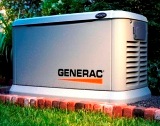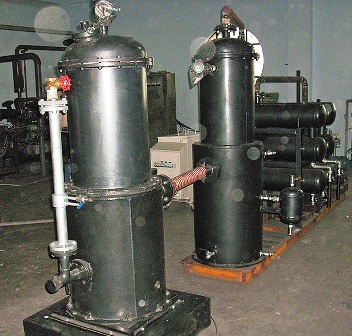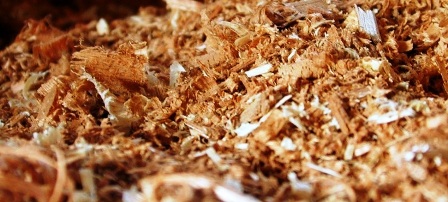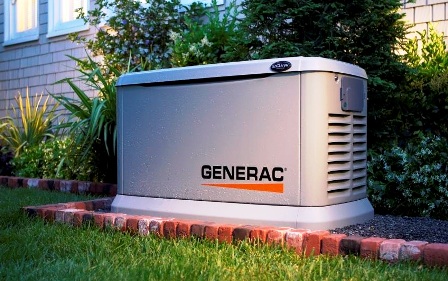Gas power plants
 Gas-fired power plants operating on various types of biomass, including wood waste, have been produced quite widely in recent years and are already enjoying well-deserved popularity. Such stations have a unit power of 40 to 500 kW, and to generate electricity, they use the technology of gasification of crushed waste, the moisture content of which does not exceed 20-40%.
Gas-fired power plants operating on various types of biomass, including wood waste, have been produced quite widely in recent years and are already enjoying well-deserved popularity. Such stations have a unit power of 40 to 500 kW, and to generate electricity, they use the technology of gasification of crushed waste, the moisture content of which does not exceed 20-40%.
Such stations can have a modular structure that allows the user to combine the necessary combinations of gas generators with power generators or burners.
Power plants of this type are excellent for supplying residential areas and businesses with electricity. We are talking about power plants with gas-diesel engines with a power of 20 to 600 kW and with gas-piston engines with a power of 4 to 665 kW (they are produced, for example, in one of the Russian enterprises).
Existing heating equipment can be converted from natural gas, fuel oil or diesel to a more economical wood waste fuel.Also, at the stations, a cogeneration mode can be implemented, when the heat of the working engines will also be used for the needs of the user.
The gasification modules of such stations are based on gas generators down... The prepared generator gas has an average calorific value of 1000-1100 Kcal / Nm3 and to generate electricity the obtained gas can be used as fuel for one or several generation modules of gas-diesel engines operating on a mixture of 70-85% generator gas and 15-30% diesel fuel, or gas engines running on pure (100%) generator gas.
Generator gas can be used on-site and, if necessary, transported through pipelines or stored. Thermal energy can also be obtained from it by burning it in automatic burners.

Usually, the gas generators of such gasification modules work on wood waste, crushed into energy chips with a thickness of 10 to 100 mm and a length of 10 to 150 mm, to which a certain amount of wood chips (10-15%) can be added. Fuel enters the gas generator using a jump lift.
There are also models that work entirely on sawdust. There are variants working on sunflower husk, rice husk, sugar beet pulp and more. However, if sawdust is used, the fuel requirement increases by about 20% compared to conventional hardwood waste.

The fuel must be prepared with a shredding machine to have the desired characteristics.The wood chipper turns the wood waste into energy chips, which then go to a special chip dryer, the capacity of which must match the capacity of the gasification modules used.
Both cutters and dryers can be one or more, which is determined for each specific case of a gas generating station separately. Treated waste can be efficiently converted into clean, cold generator gas. In the event that the waste already has acceptable parameters in terms of size and moisture, the preparation modules can be excluded from the packaging.
As a rule, solutions with gas-diesel engines are cheaper options with gas engines. Gas-diesel engines make it possible to use the station even in the absence of wood waste, you can use 100% diesel fuel. However, during the operational phase, gas engines are economically more profitable, as they require minimal costs, regardless of the price of diesel fuel. In any case, the choice can always be made individually, for optimal conditions in each specific case.
The ecological aspect of modern gas generating stations is also noticeable. The wood is turned into ash that can be used to fertilize the soil. Exhaust gases can be filtered in the chip drying system without polluting the surroundings. Thus, the environmental performance is very, very high.

